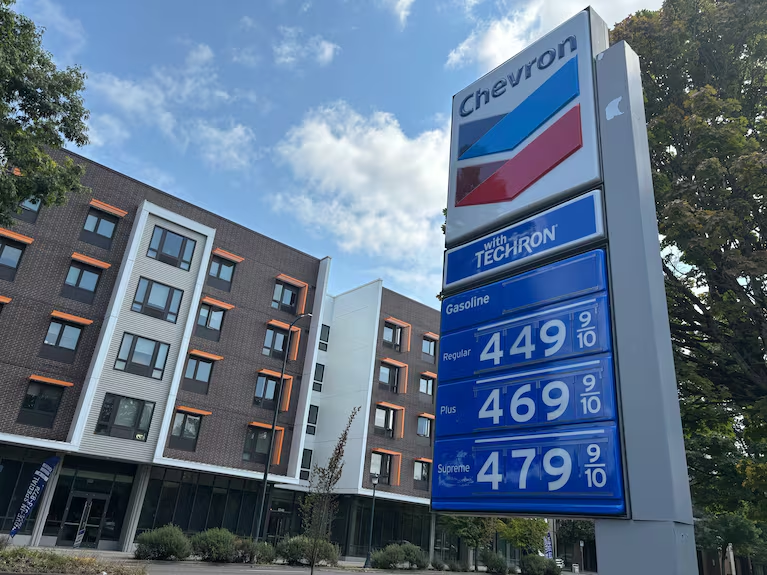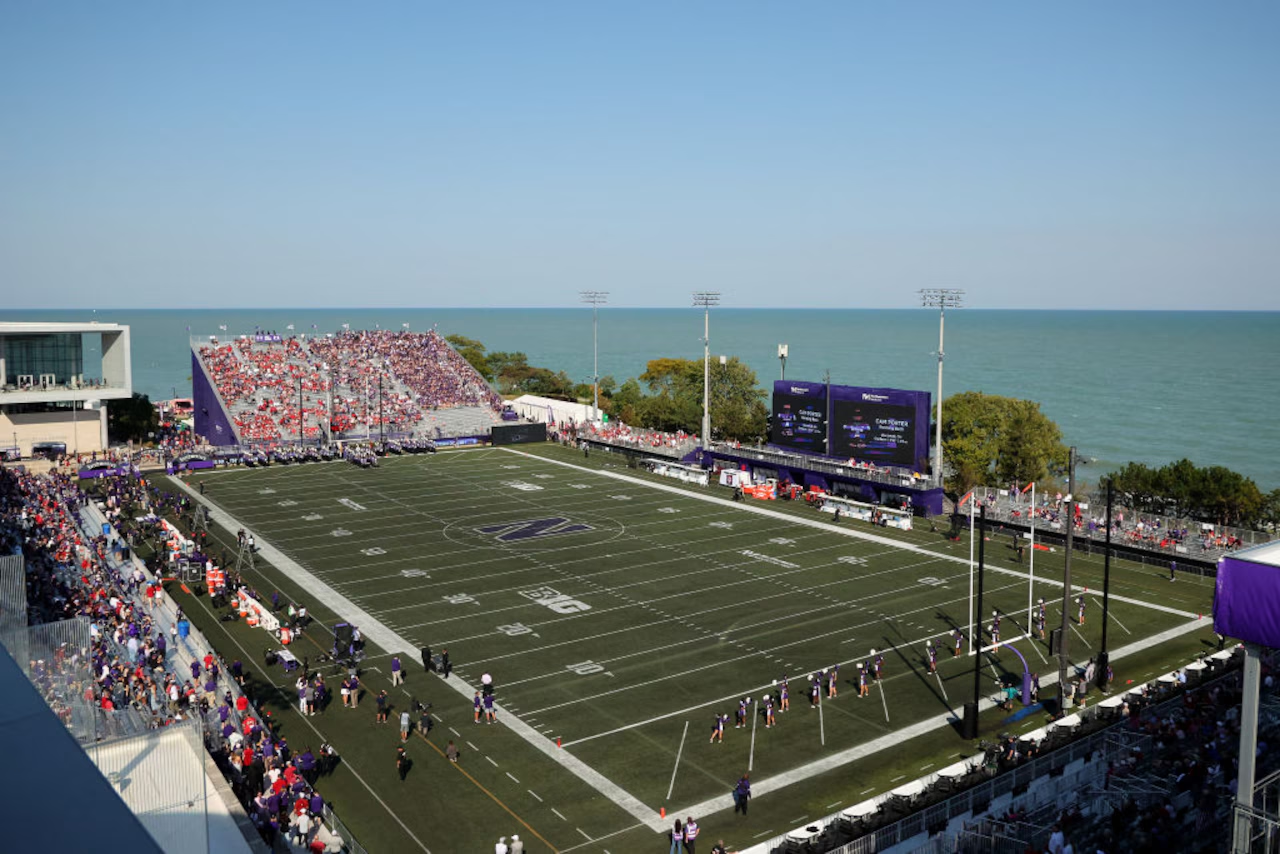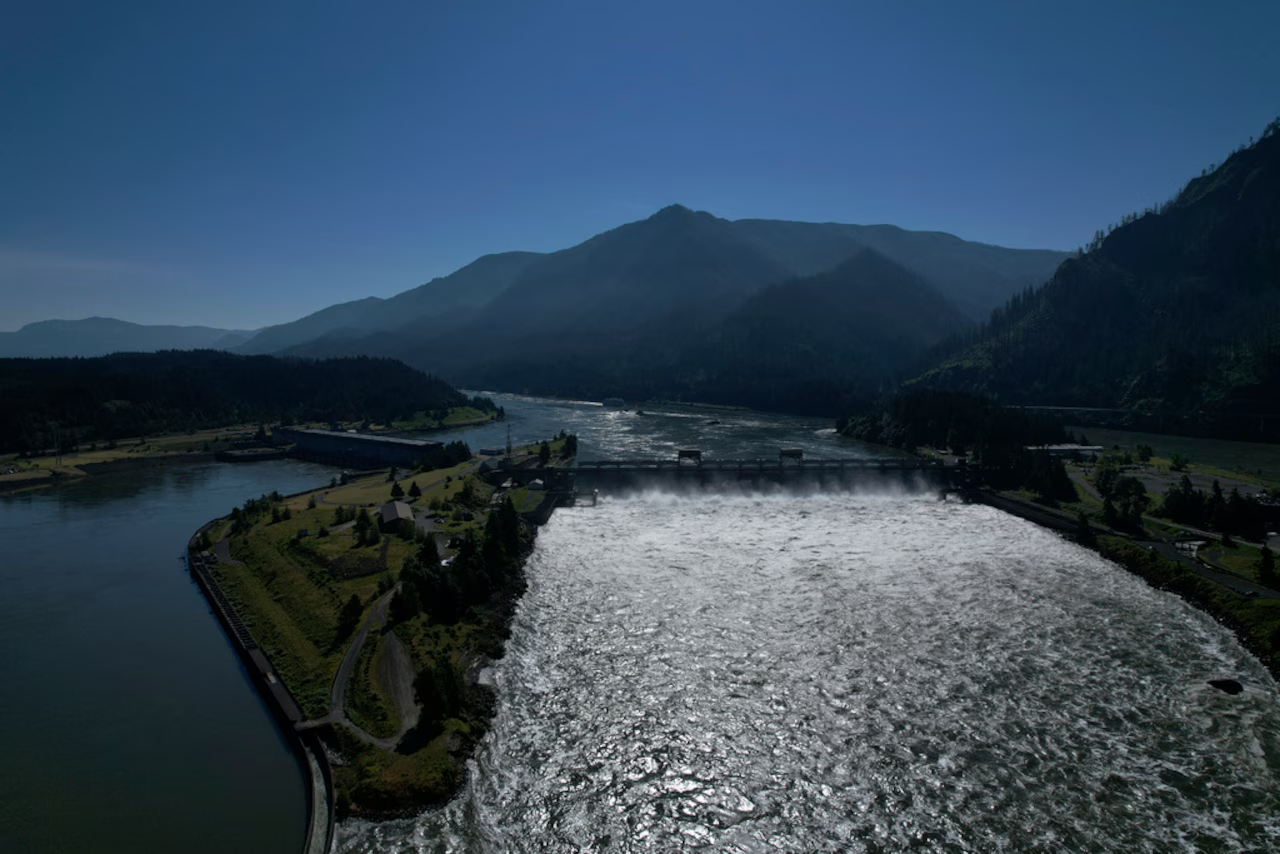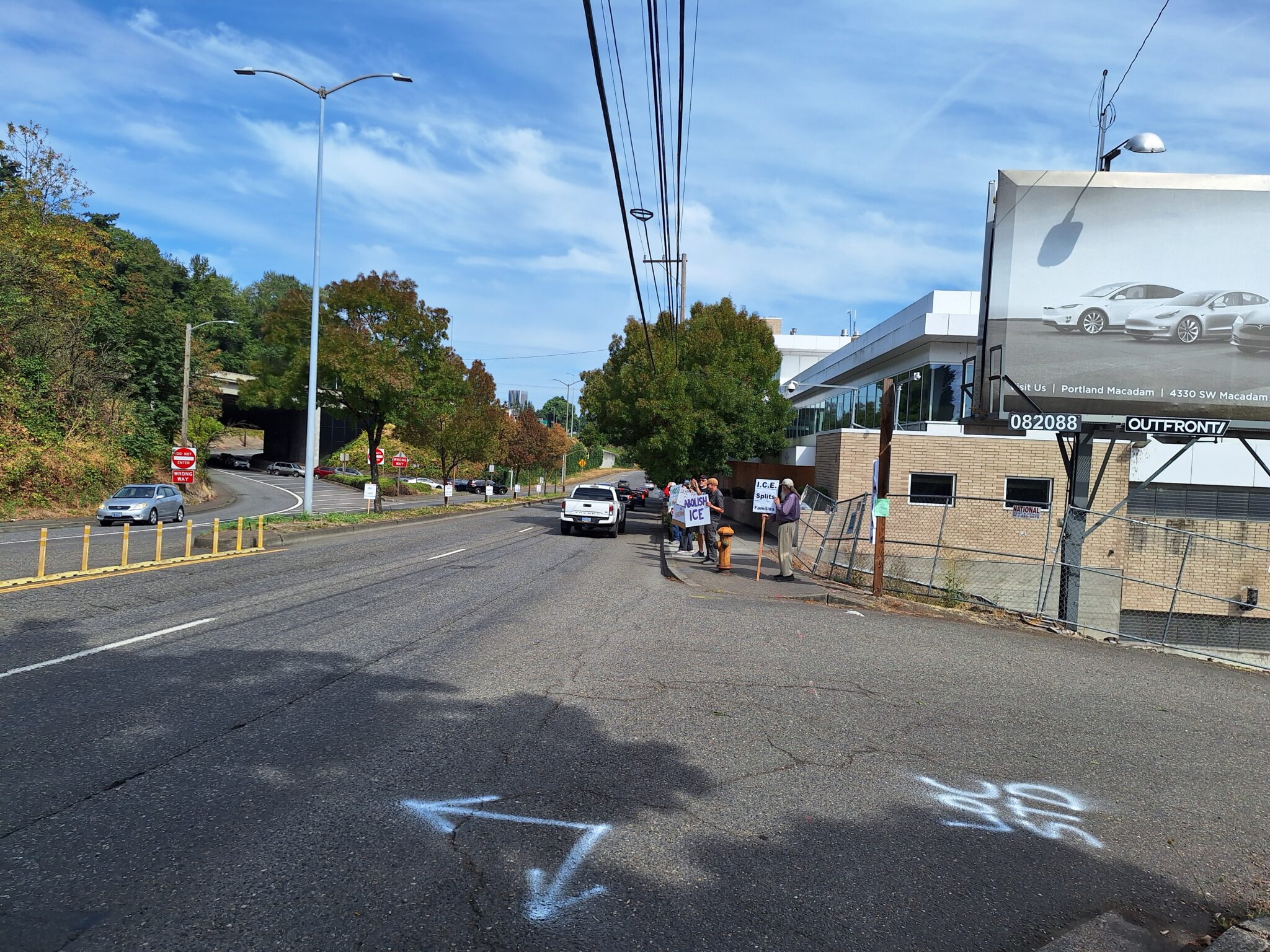PORTLAND, Ore. — Gasoline prices across Oregon spiked this week after a major fuel pipeline was shut down for about 10 days, leaving the state scrambling for supply. While the line reportedly restarted Friday, experts warn prices are likely to remain high well into next week — and possibly longer.
The Olympic Pipeline Outage
The Olympic Pipeline, which carries fuel from refineries in Washington state to the Portland area, is Oregon’s most critical fuel lifeline. Owned and partly operated by BP, the pipeline supplies most of the state’s gasoline.
According to fuel industry experts, the outage was not scheduled. Reports of disruptions began surfacing on Sept. 2. BP declined to comment on the situation, and the federal pipeline regulator under the U.S. Department of Transportation did not respond to requests for information.
On Friday, fuel industry trackers said gasoline again appeared to be moving through the pipeline. Still, the interruption left a significant dent in Oregon’s supply chain.
Sharpest Price Increase in the Nation
With its fuel flow disrupted, Oregon experienced the steepest gas price hikes in the country this week. AAA reported that average prices jumped 16 cents per gallon statewide, the highest increase among all U.S. states.
AAA and other analysts attributed the surge to the pipeline shutdown, compounded by refinery problems in Washington and California, which also supply the region.
Why Oregon Is Vulnerable
Unlike neighboring Washington and California, Oregon has no refineries of its own. Instead, about 90% of its fuel is refined in Washington and then transported south on the Olympic Pipeline. Supplemental deliveries arrive by barge, rail, or truck, but none of those routes can compete with the efficiency or volume of the pipeline.
“Any disruption from the pipeline, which is a majority of our fuel that goes into Portland and also down to Eugene, can have a great deal of impact on the supply,” said Mike Freese of the Oregon Fuels Association. “Simple economics is constraint on supply while demand stays the same — prices tend to go up.”
A Fragile System
Freese noted that Oregon’s reliance on a single major pipeline makes its gasoline market especially volatile. Planned or unplanned refinery shutdowns, pipeline outages, or transportation problems can all ripple through to consumers quickly.
“Oregon’s fuel infrastructure is somewhat tenuous,” he said. “We rely on it every day. We pull up to the gas station and fuel is available. But this issue highlights where we do have some vulnerabilities.”
What Comes Next
Even with the Olympic Pipeline back online, industry watchers caution that prices won’t immediately fall. Gas already delivered to stations during the outage came at higher costs, and retailers typically pass those increases directly to drivers. It may take several days — or weeks — for the market to stabilize, depending on whether additional supply disruptions occur.
In the meantime, drivers in Oregon should brace for continued sticker shock at the pump, a reminder of just how dependent the state is on one fragile link in its energy supply chain.












Leave a Reply